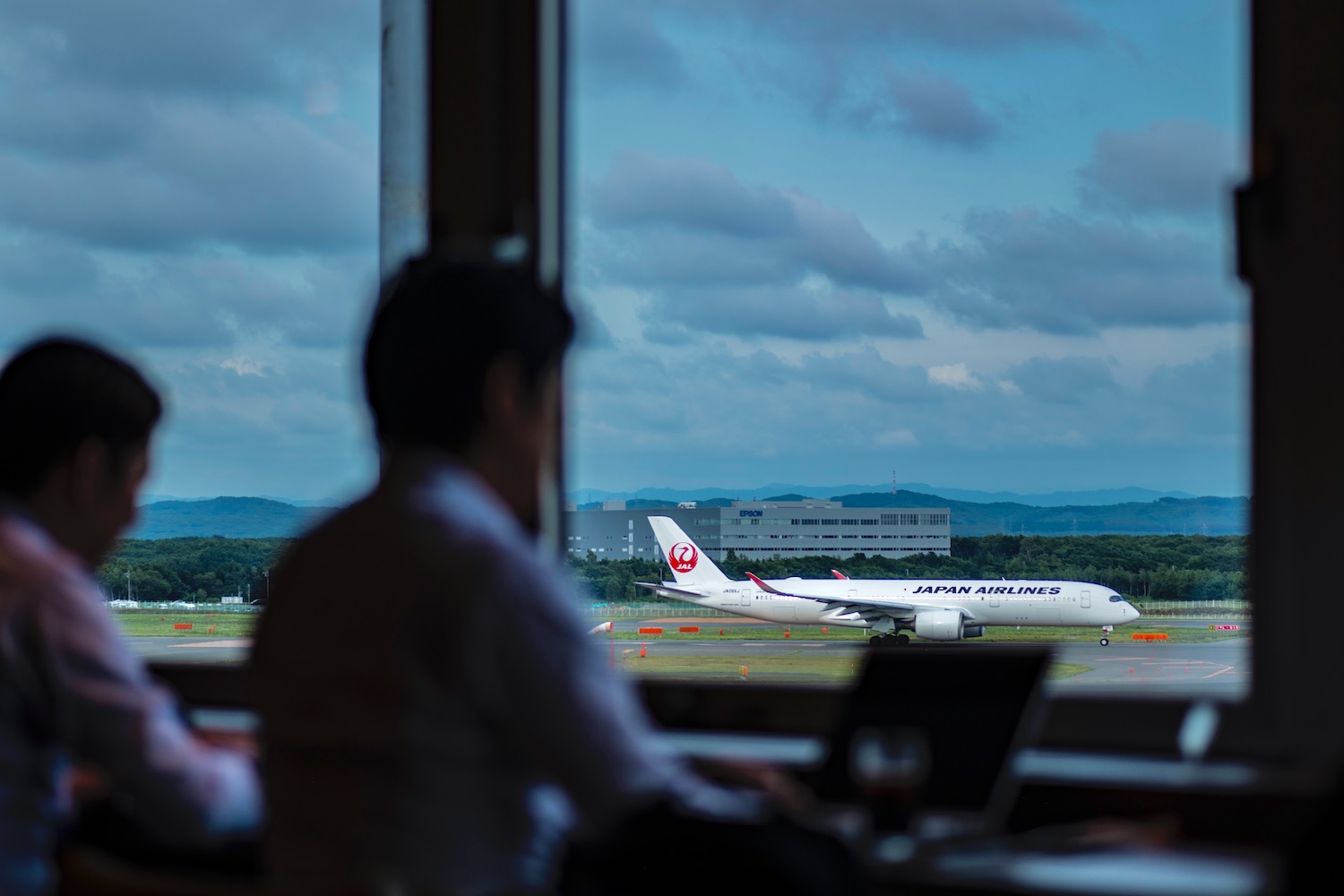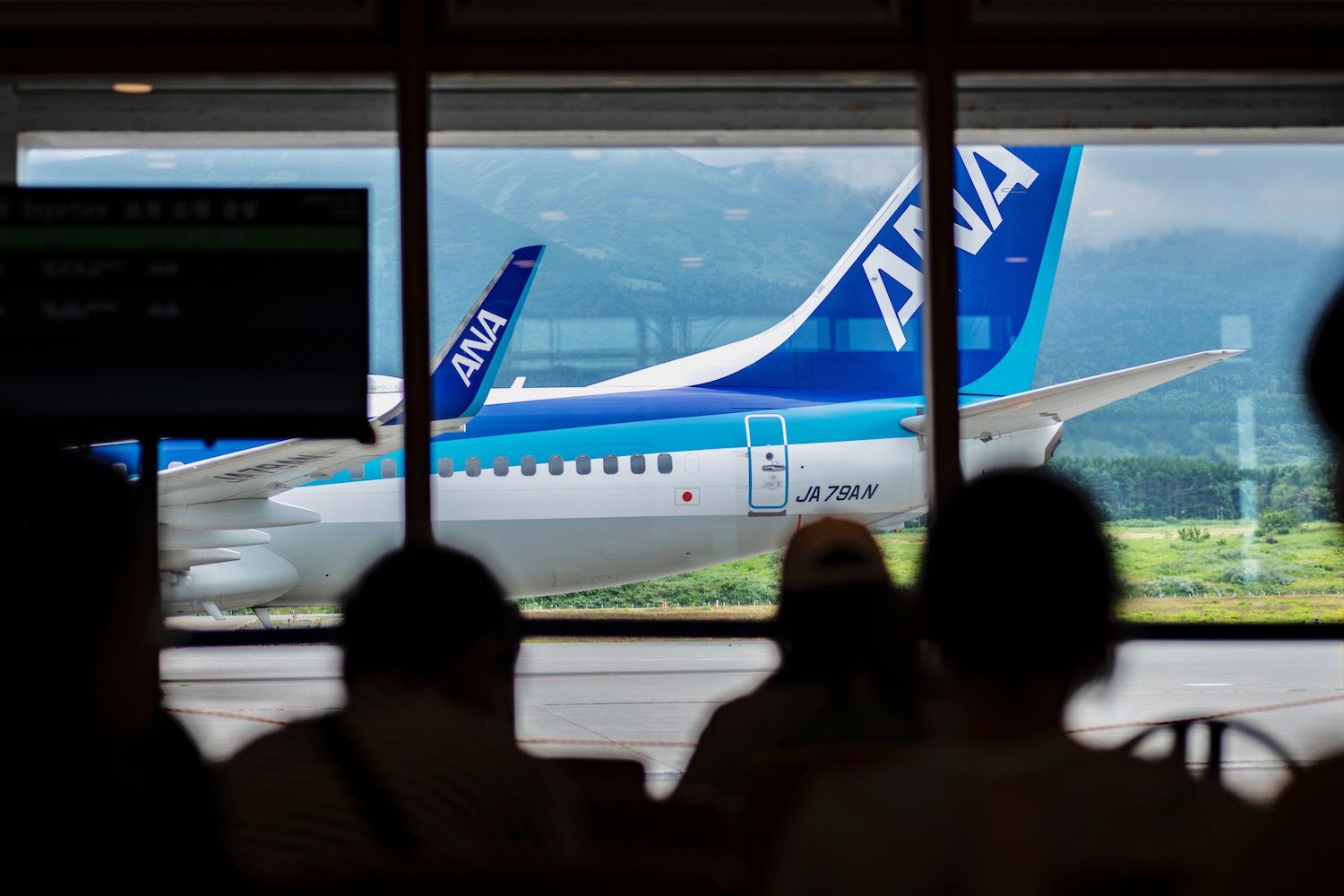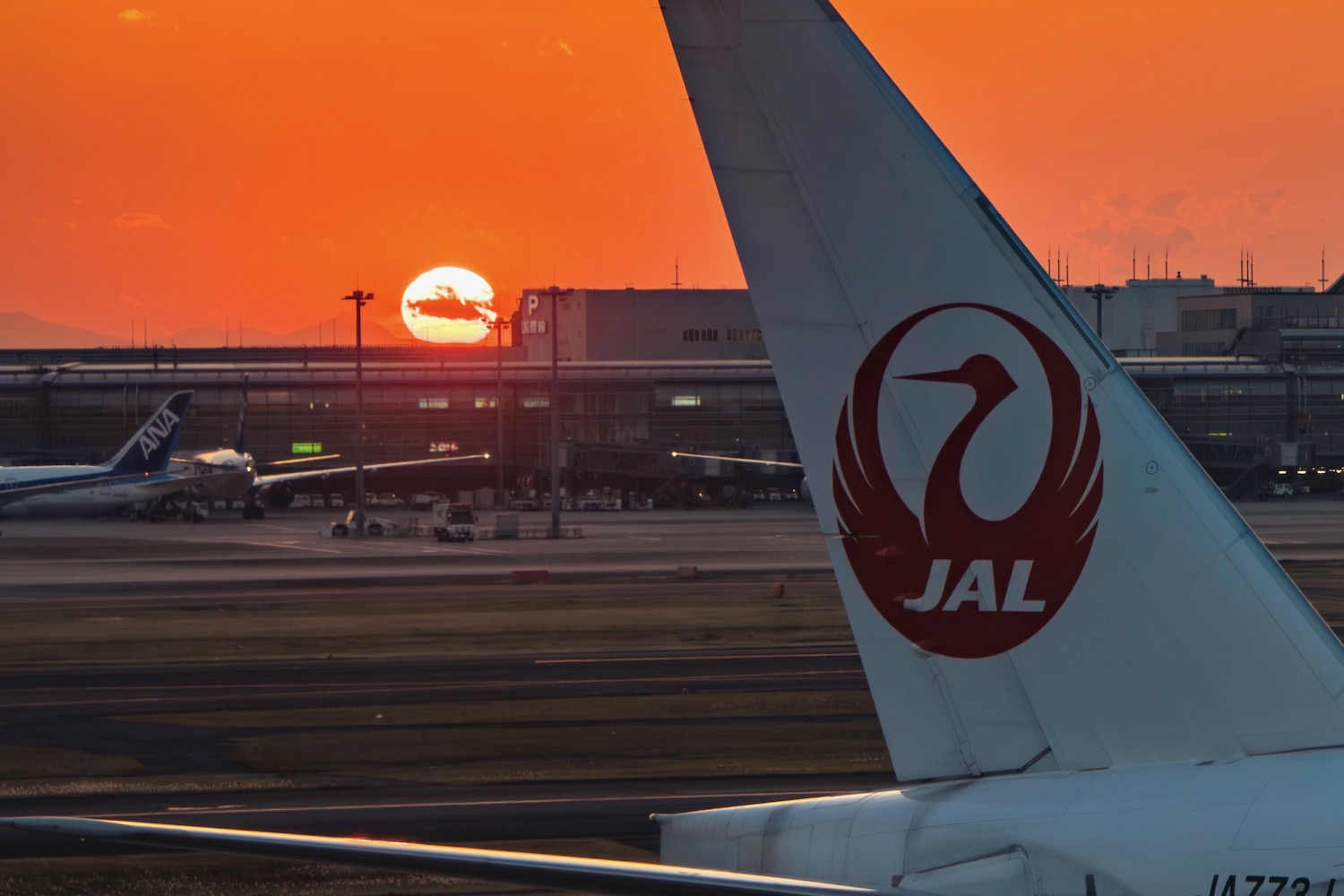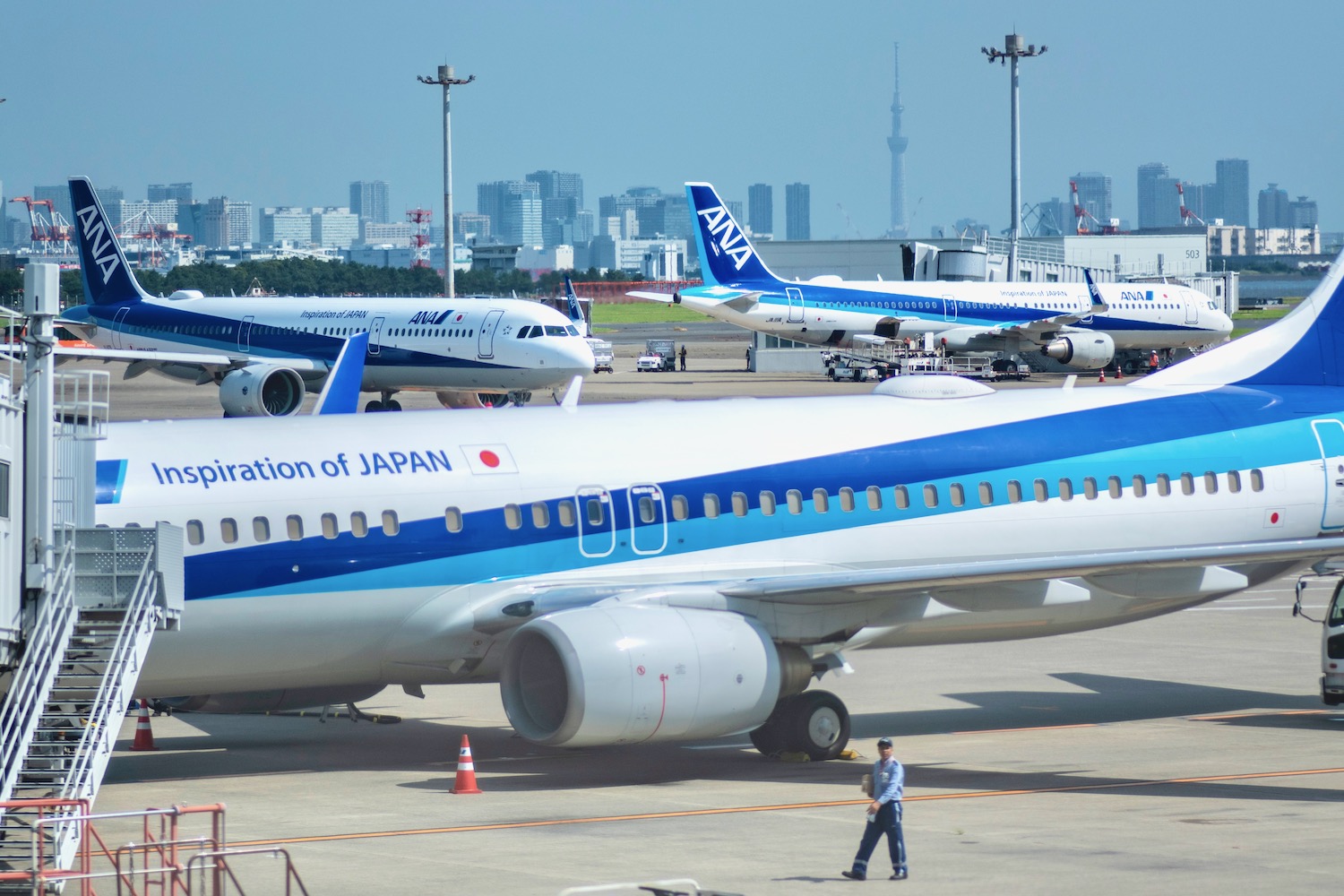One of the most unfortunate side effects of Japan’s amazing train system? The fact that so many foreign travelers believe it isn’t necessary to fly domestically in Japan.
In fact, flying within Japan is incredibly useful, whether you’re headed to places that aren’t served by the Shinkansen (such as Sapporo) or somewhere like Okinawa, which isn’t connected to Japan’s main islands by train at all. And these are just a couple of examples.
Over the next few paragraphs, I’ll de-mystify the topic of Japan domestic flights. And I’ll help you understand exactly when, how and why to avail them!
Why Japanese Domestic Flights Intimidate Foreigners
Although it has one of the world’s most robust networks of domestic flights, Japan is market where the overwhelming majority of domestic flight passengers are local. This is partly because of the misconception I mentioned in the introduction to this piece, but also because of another truth: Foreigners feel intimidated about flying domestically in Japan.
A big part of this is how clunky the websites of Japanese airlines are, from full-service carriers like ANA and JAL, to low-cost airlines like Peach. There’s also the fact that English-language ability in domestic terminals throughout Japan is not nearly as high as it is in international ones. Finally, many foreigners feel reticent to abandon the general convenience of train travel—namely, city-center-to-city-center travel, and the lack of security checks.
5 Important Things to Know About Flying Domestically in Japan
You don’t need to get to the airport very early
It shocks my private clients to hear, but most domestic flights in Japan board just 15 minutes before departure. And since airport security in Japan is fast and most domestic terminals are small, this means you almost never need to arrive at the airport more than an hour before departure. Which, at out-stations, is reflected in the timing of airport buses.
(Or show an ID)
Another quirk of Japan domestic flights for foreigners? You don’t need to show an ID at any point in the process, neither at security nor when boarding the plane. Now, the kicker here is that legally, non-citizens of Japan need to carry their passports at all times while in Japan. But you don’t need to take it out when flying domestically, which frankly is just one less thing to worry about.
Most domestic flights in Japan are very short
Unless you are flying to Okinawa or Hokkaido, it’s conceivable that your Japanese domestic flight could less an hour or less. This includes popular sectors like Tokyo-Haneda to Osaka-Itami, which flies right over Mt. Fuji. If your itinerary doesn’t involve busy hub airports like these, the flight could be over even faster, due to minimal ground delays. Plus, even “long” flights like Tokyo-Sapporo and Tokyo-Okinawa only last about 2-3 hours.
(And many feature free WiFi)
If you’re flying domestic in Japan on a full-service carrier like ANA or JAL, your aircraft will almost certainly include free gate-to-gate WiFi. While this is less consistent on low-cost carriers (on Peach, you have to pay; AirDo doesn’t offer WiFi at all), the reality is that most travelers will be flying domestically on one of Japan’s two major airlines. You can start planning your adventure before you even get off the plane!
Japanese domestic flights are more useful than you think
Earlier in this post, I mentioned that Japanese domestic flights are indispensable for itineraries that include Hokkaido north and east of Sapporo (and Sapporo itself), as well as Okinawa. But taking domestic flights can also help you connect disparate regions of Japan‘s closer-in islands more easily, for example flying from Aomori or Akita to Osaka-Itami, which allows you to reach in Kyoto in less than two hours instead of the half-day a train would take.

How to Save on Domestic Flights in Japan Using Points
The bad news? The much-hyped story about “free” domestic flights Japan Airlines apparently offers to passengers who take its international flights to Japan is mostly a nothing-burger. The promotion only allows for a single complimentary domestic flight, which is both difficult change and, for many travelers, difficult to decide on. Unless you get your itinerary planned out months in advance, you might not even know where you’re going.
The good news? Even if you disregard the fact that Japan domestic flights for tourists generally aren’t expensive (walk-up fares tend to be priced similarly to the Shinkansen, with many around ¥10,000 one-way, even on the day of travel), you can save more by booking these flights using frequent flyer points. As of 2025, US travelers can book one-way domestic flights in Japan for as little as 7,500 American Airlines miles, or 5,000 United miles.

Other FAQ About Domestic Flights in Japan
Can you fly domestically in Japan?
Hundreds of domestic flights operate every day in Japan, and foreigners can freely take them. The real question is whether it’s more sensible to fly or take a Japanese train, particularly if the route you travel is served by the Shinkansen bullet train.
How early do you need to be for a domestic flight in Japan?
Domestic flights in Japan board just 15 minutes before departure, with security procedures taking about that long as well. This means that you can arrive at the airport as little as 30 minutes before departure, which is also when check-in and bag drop closes. However, I often arrive around an hour early, so that I can minimize my stress and take my time reaching my gate.
Is domestic flight free in Japan?
In late 2024, JAL announced that US travelers arriving to Japan on the airline would enjoy “free flights.” Unfortunately, when the details of this plan came to light, they were less than inspiring. The bad news? You can only take one “free” domestic flight, and it has to be booked at the same time as your international ticket. The worse news? If you stay in Tokyo longer than 24 hours before said domestic flight, JAL will slap you with a $100 stopover fee. 悪いですね!

The Bottom Line
Japan domestic flights are an underrated way to get around in Japan. Some travelers will use them only when absolutely necessary, such as to the parts of Hokkaido where the Shinkansen doesn’t go, or to Okinawa and other island chains far offshore. Others will avail domestic flights to shorten travel time, even compared to Japan’s admittedly fast trains, and cover significant ground during even the shortest of trips to Japan. Need personalized help figuring out the best way to transport yourself around Japan? Hire me to help, whether for a custom Japan itinerary or simply for a transportation consultation.






